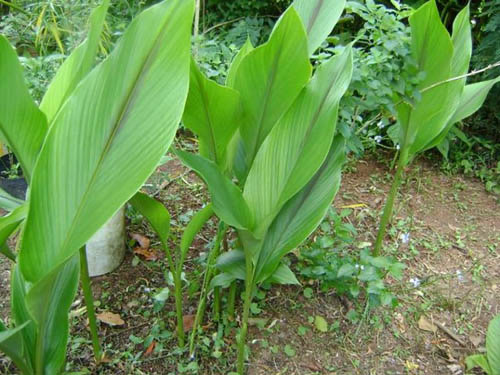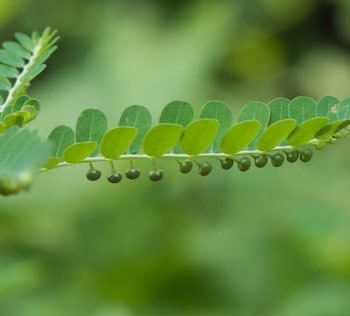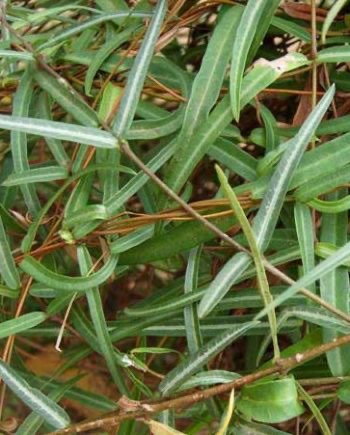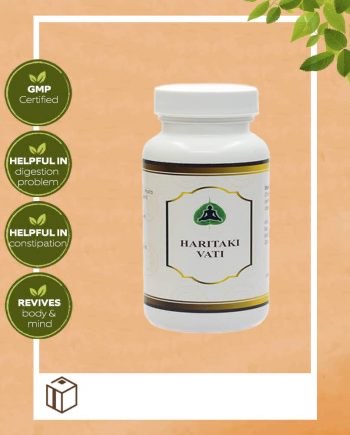Description
Botanical name – Curcuma zedoaria
Family name – Zingiberenaceae
English name – Zeodary
Common name – Kachura
Synonyms – Dravida, Shati, Vedhamukya
Habit – Perennial root tubers.
Useful Parts – Tuber and rhizome
Common Uses – Plant pacifies vitiated pitta, Kapha, indigestion, flatulence, dyspepsia, skin diseases, cough, bronchitis, urinary retention, allergy, leucoderma, and as a general tonic. The rhizomes are a source of Shoti Starch, used as a food for babies and convalescents, recovering from chronic stomatitis. It is cooling and demulcent. This plant is an adulterant of the plant Curcuma aromatica. A paste of a little zedoary and cream makes a good face mask and keeps the skin clear and shining. Zedoary has reduced cervical cancer and increased the cancer-killing effects of radiotherapy and chemotherapy. It is aromatic, stimulant, and is very useful in flatulent colic and debility of the digestive organs, though it is rarely employed, as ginger gives the same or better results. It is used as an ingredient in bitter tincture of Zedoary, antiperiodic pills (with and without aloes) bitter tincture, antiperiodic tincture (with and without aloes).
Indications – It is used externally in swelling and pain. It is used internally in ascites, abdominal tumor, pain, hemorrhoids, cough, dyspnoea, hiccup, swelling, osteoarthritis, intestinal worms, vomiting, disorders related to blood, skin disorders, diabetes, and dysmenorrhoea.
Product description – Karchur powder and Karchur capsule




